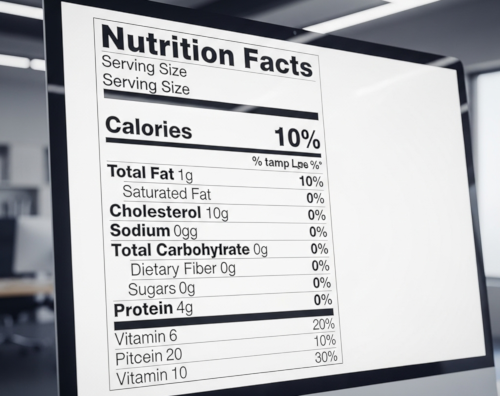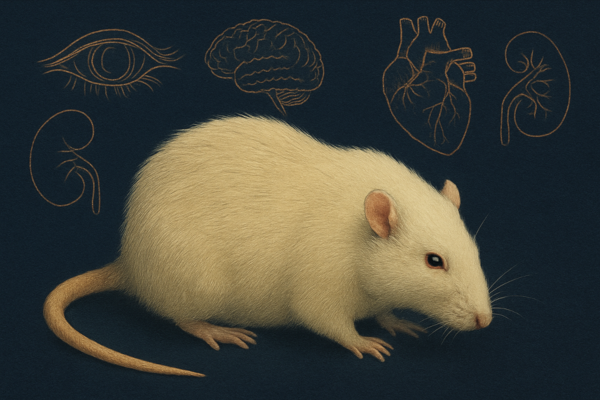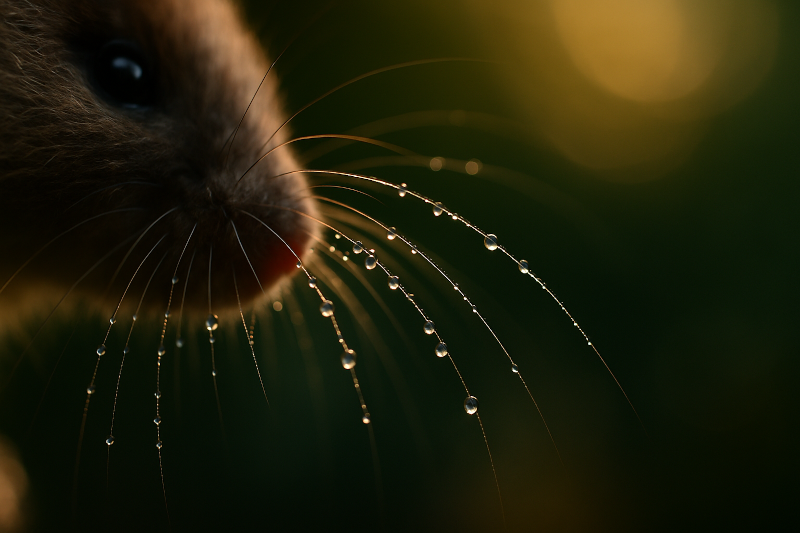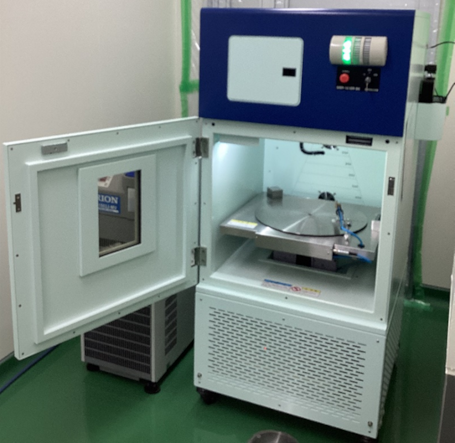
We provide a service for generating humanized mice by transplanting human CD34+ hematopoietic progenitor cells into severely immunodeficient NOG mice. These mice are ideal for research in cancer immunotherapy, human-specific viral infections, and allergies.
The development of next-generation NOG mice with combined immunodeficiencies has significantly accelerated immune research. Some strains are already available in Japan from In-Vivo Science Inc. and have recently become available in Europe and the United States through Taconic Biosciences, attracting significant attention.
※For more details, please visit the In-Vivo Science Inc. website (click the banner below).
Service Features:
・Animal species: NOG mice (NOD/Shi-scid, IL-2RγKO Jic)
・Irradiation followed by transplantation of hCD34+ cells
・Selection of animals based on flow cytometry analysis of peripheral blood
NOG mice are severely immunodeficient mice lacking B cells, T cells, NK cells, macrophages, and cytokine signaling. They also exhibit impaired dendritic cell function and reduced complement activity. Compared to immunocompetent mice, NOG mice are more permissive for engraftment of human cells, and when transplanted with human stem cells, they exhibit differentiation and proliferation into various cell types. Therefore, NOG mice are considered to be suitable models for cell transplantation studies.
※Below is an example of how to generate a mouse model using NOG mice. Other options are also available.
Procedure for Transplantation:
①6-week-old NOG mice are received and acclimatized to the experimental room.
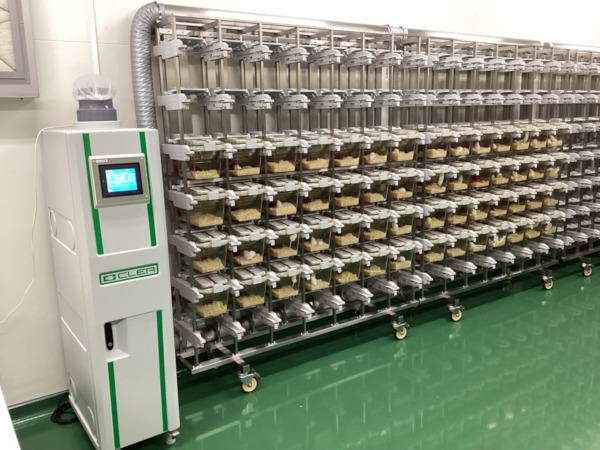
②Mice are irradiated with 1.5 Gy of X-rays using an X-ray irradiator.
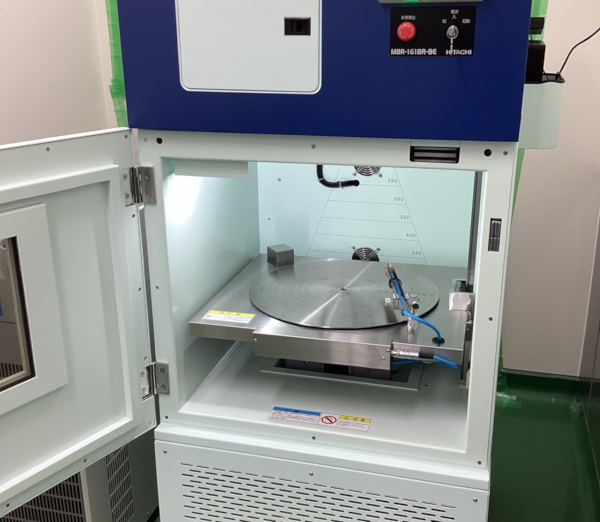
③Human CD34+ cells are transplanted via tail vein injection within 24 hours after irradiation.
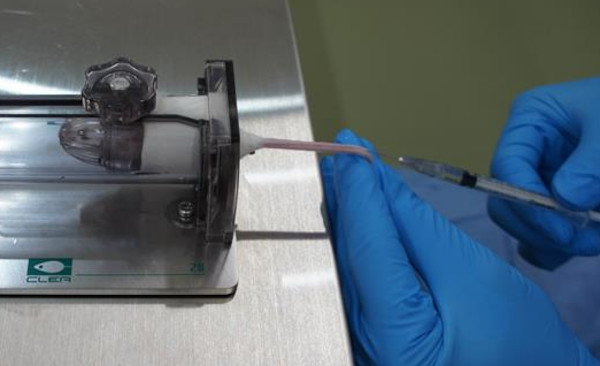
④Eleven weeks post-transplantation, peripheral blood is collected via the jugular vein and analyzed by flow cytometry to assess human cell engraftment. Mice with a human CD45+ cell chimerism of 25% or more are selected for shipment.
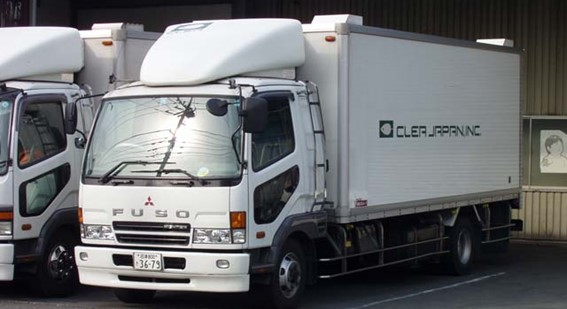
Interview of Research Administrator
・Who are the typical customers who inquire about this service?
Since the service is contracted out by In-Vivo Science Inc., it's difficult to say for sure what kind of research they are conducting. However, given the extensive amount of related research, it seems that this model has a wide range of applications.
・About how many similar inquiries do you receive annually?
I estimate we received around 50 inquiries in 2023. We typically receive about 10 or slightly fewer inquiries per month. We have the capacity to handle more requests.
・What are the key points you pay attention to when conducting this service?
NOG mice are severely immunodeficient and become quite delicate after X-ray irradiation. Therefore, we place a strong emphasis on microbial control. Although we maintain the same microbiological grade as for other animals, our awareness of handling such delicate animals has been key to our successful track record without any accidents.
We also pay close attention to changes in the animals after transplantation. In particular, we monitor for any signs of anemia and track weight gain. For animals with subtle weight gain, we check for dental problems and provide additional care, such as placing food on the floor. Given the delicate nature of these animals, it is crucial to promptly identify any abnormalities.
As for husbandry, we provide tunnel-type enrichment to accustom the mice to confined spaces, making it easier to place them in the irradiator and restraining devices.
・What are the benefits of using your services?
It can be challenging to establish the necessary facilities and technical expertise to generate these mouse models. By outsourcing this process, our clients can focus their resources on their research.
・What additional options are available?
While we typically guarantee a 25% chimerism rate 11 weeks post-transplantation, we understand that some clients may require the animals sooner. In such cases, we can provide earlier delivery, although we cannot guarantee the same level of chimerism. We can even ship the animals immediately after transplantation if necessary.
FAQ
Q. Can we transplant other types of cells?
A. Yes, we can accommodate that request. We can provide you with a list of cells that we have available, or you can provide us with cells with specific HLA types for transplantation.
Production system for NOG mice at CLEA Japan.
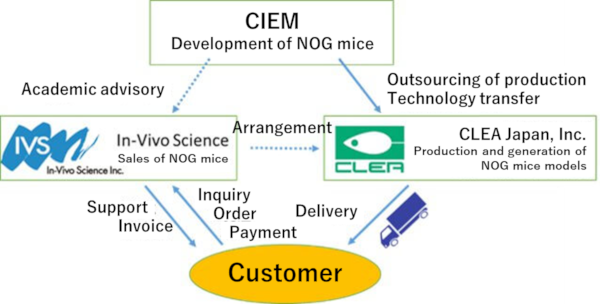
Inquiry regarding NOG mice.
※Please contact In-Vivo Science Inc. for detailed information and sales inquiries.

